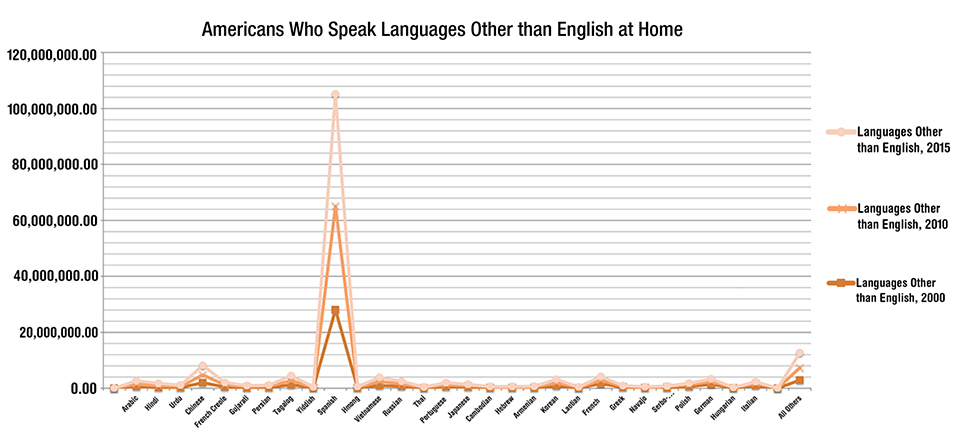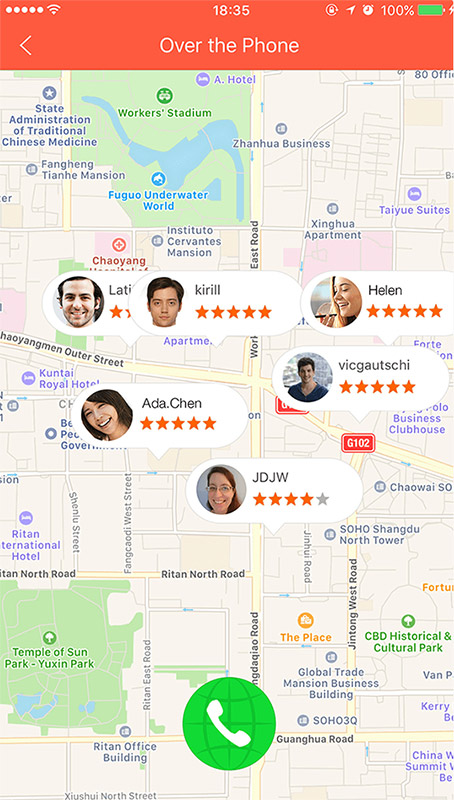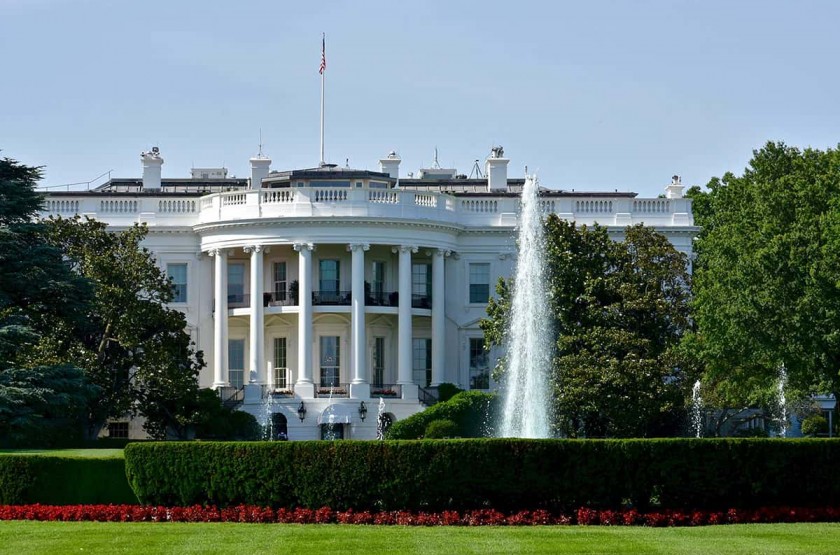- Joshua Stone
- July 6, 2017
- 29,084 views

“The limits of my language are the limits of my world.”
– Ludwig Wittgenstein
On December 24, 1968, U.S. astronaut, William Anders, aboard the Apollo 8 mission’s lunar orbiter, emerged from the dark side of the moon to capture the first color photo of Earth from a distance never seen before. The event became known as Earthrise, when an image of our home—a tiny blue ball suspended against the vast emptiness of the cosmos—was transmitted back to NASA headquarters in Ft. Lauderdale, Florida to be shared with the world. This snapshot was more than just a picture, it was perspective: We are not just people and countries but a global community—a family consigned to an extraordinary object with only ourselves to find comfort and security.
Earthrise and the lessons of the 20th Century reinforce how vital it is for human beings to talk to one another. But in a world where over 6,000 languages are spoken, communication isn’t always easy. Today, it’s commonplace to hear an American parent to tell their child that their success depends on speaking another language: “You want to get a good job kid, you’d better learn Chinese, or Spanish, or both.” So, how do Americans measure up in their effort to become multilingual? Let’s start with the facts.

Data collected from the U.S. Census in 2009 reveals that roughly 18% of all Americans self-identify as bilingual, compared to nearly 53% of all Europeans that can “converse” in a second language. Forbes Magazine attributes the U.S.’s second-language glut to training, where estimates from 2010 show that only “50.7 percent of higher education institutions require a foreign language study for a baccalaureate.” However, the data revealing America’s monolingual issue falls short of illustrating the whole story.
Richard Brecht of Maryland’s Center of Advance Study of Language claims that what belies America’s disregard for multilingualism “isn’t that people don’t think language education is important, it’s that they don’t think it’s possible.” Really? How is it that people from a nation that orbited the moon and put a flag on its surface don’t think it’s possible to learn a second language? Perhaps, my fellow American’s just need the right kind of motivation. So, here are four reasons why the people of the United States need multilingualism and how Stepes can inspire them to get there.
Earning Potential
Let’s start with self-interest. A study published by the Joint National Committee for Languages reveals that, “the language industry—which includes companies that provide language services and materials—employs a little more than 200,000 Americans.” That’s just a fraction of the market share when you consider that the entire global translation and localization sector is estimated to be worth $40 Billion, with a projected annual growth rate to exceed 7% by 2018. Still not convinced you need a second language? How about an annual median wage of $80,000?
CEO of BRIC Language Systems, Ryan McMunn, a polyglot himself, reports that, “those who entered the job market in 2014 with second language fluency received an additional 10 to 15% in pay.” So listen to mom and dad, and learn that second language. There’s an entire industry out there looking for multilingualists and they’re paying big money to have you join the team.
Language is the Linchpin to Leveraging Foreign Markets

In 2013, President Bill Clinton described world markets as looking more like “nets than walls”. But more access doesn’t necessarily mean easier access. Breaking into foreign markets begins with communication and that means having people on board who can exchange ideas with those from another country. The United States knows this and has already begun to equip its citizenry with the ability to communicate beyond English. Globalism is indeed a race to tap foreign markets and you can bet that nations with the greatest success will have populations who can navigate the complicated linguistic terrain. Language, therefore, is the linchpin to leveraging opportunities in foreign markets. America can be even more agile if it invests in multilingual education—we just have to start early and demand that every American child speak a second language.
Cultural Understanding

Perhaps self-interest isn’t your thing. Maybe you want to take part in the effort to enhance relationships between the U.S. and her counterparts around the world. Diplomacy is led by state actors, cities, and of course, individuals. We need a dynamic series of policies that engender the kind of conditions for a multilingual United States. Yes, this means more cross-cultural experiences, civics classes, and history. Cultural understanding, or cultural intelligence, dramatically improves a nation’s capacity to forge sustainable partnerships and same can be said of individuals equipped with the ability to speak a second language.
Stepes Toward a Multilingual U.S.

There are innumerable methods to incentivize multilingualism but nothing can inspire you to learn a second language better than Stepes. With a translation team and interpreters located in your immediate area, it’s never hard to find someone that’s only minutes away. Knowing that a bilingual speaker lives and works around the corner from you, redefines persuasive language-learning. Want to grab a cup of coffee and make a friend that knows Italian? Get on Stepes and find an interpreter nearby. Having trouble translating a text from Chinese to English and wish you knew the language? Make a connection through Stepes and see first-hand that learning a new language is possible. Some things are hard, like taking a photo from the other side of the moon. But learning a new language isn’t rocket science and Stepes is here to help ![]()











